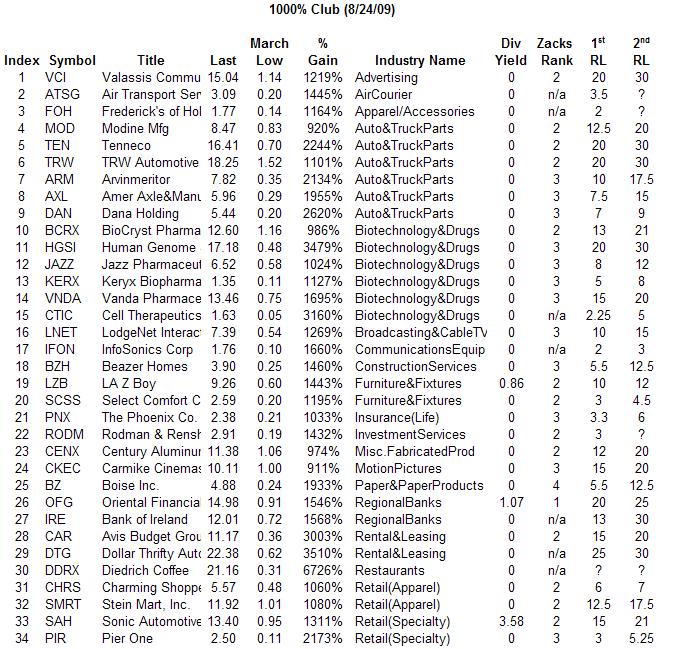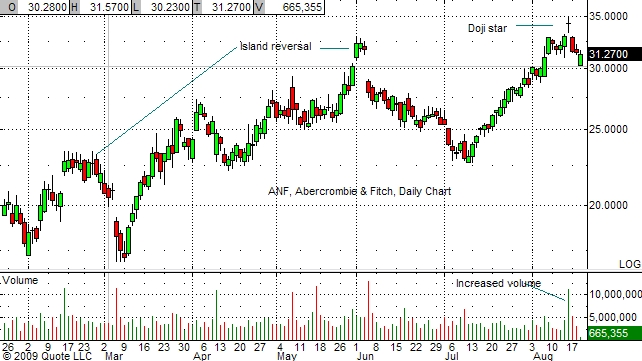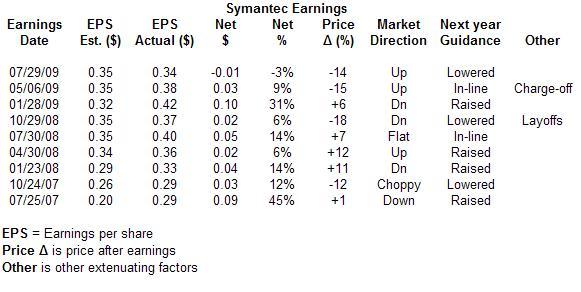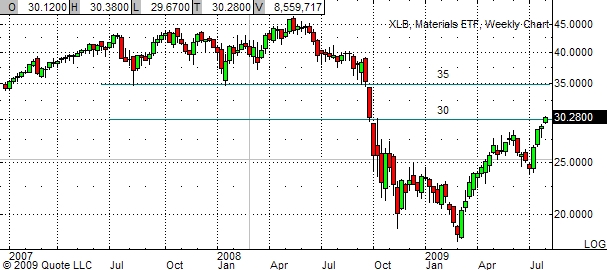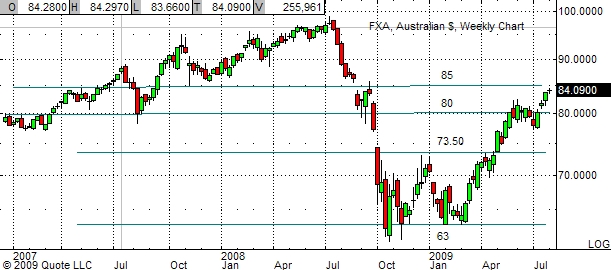Dr. Kris has been taking a mini-vacation this week and as one of my divertissements, I’ve been going to the beach to catch up on some reading. As a Seeking Alpha contributor, I’m entitled to free books provided I review them. There’s a few from McGraw-Hill collecting dust on my bookshelf, so I thought that now would be a perfect time to kick back, soak up some late summer sun, and dig into my backlog of financial literature.
I decided to start with the one that seemed the most fun and the least mentally taxing: Rich & Thin: Slim down, shrink debt, & turn calories into cash.
This book, written by mother/daughter team Deborah McNaughton and Melinda Weinstein, is rich in premise but lean in content. No author could wish for a higher concept than something as sexy as turning calories into cash. I’m betting this book got the green light based solely on the pitch; based on its content I would title it Personal Finance Lite.
The premise: The Money Calorie Counter
The book’s major selling point (printed right on the cover) is the Money Calorie Counter, or MCC, which provides the vehicle for the premise. The MCC is an 11 page table of fast-food items broken down by cost and calories. The authors say that by eschewing your fast food habit not only can you shrink your waistline by forgoing the empty calories, but expand your net worth by taking the money you would have spent and putting it into an interest-bearing account.
The idea is hardly new but seeing the results in tabular form is original. For example, if you’re in the habit of buying a quarter pounder with cheese, large fries, and a medium chocolate shake as a snack every working day of the week, the Money Calorie Counter says that you’ll pack on an extra 142 pounds at a cost of $1918 annually. If, instead, you take that money and put it in a monthly compounding mutual fund that gets a 10% annual return, by the end of 20 years you’ll have saved $121,259 (and presumably you’ll be in much better physical health, too).
Sounds like a plan, but what the authors forget is that for many folks, the hamburger, fries, and shake isn’t a mid-afternoon snack, it’s a meal. People need to eat, for crying out loud! Now you can cut calories by opting for healthier choices such as salads, but you’ll be subtracting from your piggybank instead of adding to it as these items cost more (according to the MCC), a fact the authors neglect to mention.
The real value of the Money Calorie Counter is that it does drive home the magic of compound interest. Most of us already know this but honestly, do we do anything about it?
The rest of the story: Rehashing the basics
To fill out the rest of the 190 pages, the authors cover the basics of dealing with credit card debt, budgeting, setting up retirement accounts, sprucing up your credit report, and using real-estate for wealth-building. (This book was published in 2007 so some of this advice is already dated, especially the last one where the authors assume that real-estate will always be an appreciating asset.)
They also devote a chapter to hackneyed money-saving tips (clip coupons, shop around for car insurance, don’t drink lattes, etc.). One particularly hilarious piece of advice is to cancel your gym membership and don’t buy expensive exercise equipment. Instead, substitute a cinderblock or stool for your step workout and use canned vegetables for hand weights. (Just close your drapes when you do it!)
Don’t get me wrong, Rich & Thin contains plenty of useful information. Geared more towards the financial novice, the information is well-presented and easily digestible. “True story” sidebars add a humanizing element. However, there’s very little information here that can’t be found on financial websites (MSN Money, Yahoo! Finance) or by watching Suze Orman.
If you’re considering stuffing this book into your beach bag, I’d suggest tossing in other reading material because in terms of literary weight, Rich & Thin is about as filling as a Chicken McNugget.
